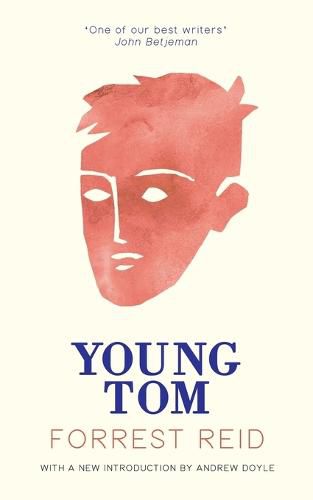Readings Newsletter
Become a Readings Member to make your shopping experience even easier.
Sign in or sign up for free!
You’re not far away from qualifying for FREE standard shipping within Australia
You’ve qualified for FREE standard shipping within Australia
The cart is loading…






This title is printed to order. This book may have been self-published. If so, we cannot guarantee the quality of the content. In the main most books will have gone through the editing process however some may not. We therefore suggest that you be aware of this before ordering this book. If in doubt check either the author or publisher’s details as we are unable to accept any returns unless they are faulty. Please contact us if you have any questions.
‘One of the most original and most perfect works of imagination of our time’ - Edwin Muir, The Listener ‘A unique achievement in modern literature’ - John Boyd
‘It has a charm and freshness, it is beautifully written’ - James Hanley, New English Weekly
Young Tom (1944) completes the trilogy of novels featuring Tom Barber, which began with Uncle Stephen (1931) and The Retreat (1936), and it is probably Forrest Reid’s finest achievement. Acclaim from contemporary critics was unanimous, and the book won the James Tait Black Memorial Prize as the best novel of the year.
In many ways, ten-year-old Tom is like other boys: his life centres on his parents, school, and his best friend Pascoe. But he also has another existence, equally real, in his dreams and imagination. In this novel, we follow him as he plays with his three canine companions, Barker, Pincher and Roger, befriends and communicates with a rat and a squirrel, and tries to find out what happened to Ralph Seaford, the dead boy whose ghost now haunts Tom’s grandmother’s attic. In exquisite prose, without sentimentality, exaggeration, or a single false note, Reid brings to life Tom, his greatest creation, and accomplishes the difficult feat of allowing readers to revisit and experience anew the wonders and mysteries of childhood. This edition features a new introduction by Andrew Doyle and a selection of never-before-published photographs.
$9.00 standard shipping within Australia
FREE standard shipping within Australia for orders over $100.00
Express & International shipping calculated at checkout
This title is printed to order. This book may have been self-published. If so, we cannot guarantee the quality of the content. In the main most books will have gone through the editing process however some may not. We therefore suggest that you be aware of this before ordering this book. If in doubt check either the author or publisher’s details as we are unable to accept any returns unless they are faulty. Please contact us if you have any questions.
‘One of the most original and most perfect works of imagination of our time’ - Edwin Muir, The Listener ‘A unique achievement in modern literature’ - John Boyd
‘It has a charm and freshness, it is beautifully written’ - James Hanley, New English Weekly
Young Tom (1944) completes the trilogy of novels featuring Tom Barber, which began with Uncle Stephen (1931) and The Retreat (1936), and it is probably Forrest Reid’s finest achievement. Acclaim from contemporary critics was unanimous, and the book won the James Tait Black Memorial Prize as the best novel of the year.
In many ways, ten-year-old Tom is like other boys: his life centres on his parents, school, and his best friend Pascoe. But he also has another existence, equally real, in his dreams and imagination. In this novel, we follow him as he plays with his three canine companions, Barker, Pincher and Roger, befriends and communicates with a rat and a squirrel, and tries to find out what happened to Ralph Seaford, the dead boy whose ghost now haunts Tom’s grandmother’s attic. In exquisite prose, without sentimentality, exaggeration, or a single false note, Reid brings to life Tom, his greatest creation, and accomplishes the difficult feat of allowing readers to revisit and experience anew the wonders and mysteries of childhood. This edition features a new introduction by Andrew Doyle and a selection of never-before-published photographs.